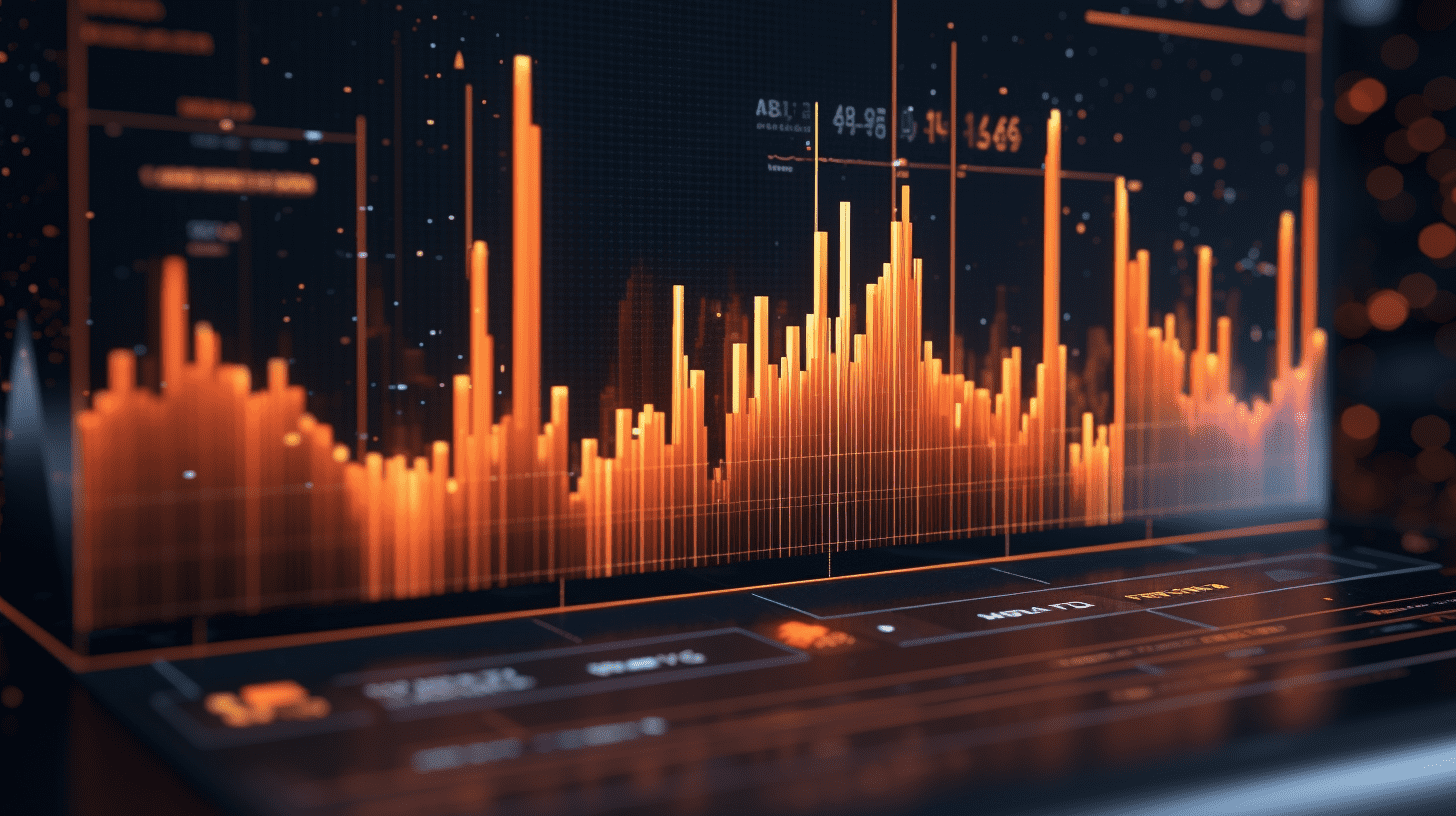Goldman Sachs TMT Conference: Wall Street's Enthusiasm for AI is on the Rise
Goldman Sachs conference revealed the AI divide in the tech industry: on one side, Oracle saw a huge increase in contract revenue by partnering with AI, leading to a sharp rise in stock price; on the other side, ordinary software companies are being harshly questioned by Wall Street on "how to monetize". Capital is flowing crazily towards NVIDIA and other AI infrastructure "shovel sellers", showing the stark contrast between success and failure.
At the annual technology conference of Goldman Sachs Group, Inc., artificial intelligence has become the absolute focus, igniting the enthusiasm of investors and clearly drawing a line between "have" and "have not" within the tech industry. Companies at the forefront of AI infrastructure, chip, and core model development are enjoying market popularity, while other companies are facing immense pressure on how to prove the value of their AI strategies.
At the three-day "Goldman Sachs Group, Inc. Communacopia + Technology Conference" held in San Francisco this week, the most notable market dynamics did not come from the upcoming IPO frenzy, but from a 48-year-old tech giant. Oracle Corporation's stock price surged due to its expected 359% increase in future contract revenue, with most of the growth attributed to a deal with OpenAI. This event vividly demonstrates the direct explosive effect of AI on market valuation.
The distribution of enthusiasm at the venue also confirms this. The sessions by NVIDIA Corporation and OpenAI became the most popular events at the conference, with the main ballroom filled to capacity 20 minutes before the start of the session, and investors even needing to occupy three breakout rooms to accommodate everyone. In contrast, even sessions by Meta and Alphabet (parent company of Alphabet Inc. Class C) only filled two breakout rooms. This stark contrast intuitively reflects where the current focus of Wall Street capital lies.
For companies that are not directly building AI data centers, manufacturing AI chips, or developing AI models, the atmosphere at the conference is far less optimistic. Particularly for software manufacturers, their progress or shortcomings in AI are under strict scrutiny from investors. The message from Wall Street is clear: show your ability to monetize AI, otherwise you may be left out by the market.
AI Divide: Two Sides of the Tech Stock Coin
This conference highlighted the significant divergence within the tech industry caused by AI. For companies directly involved in the AI wave, attendees are exuberant, while for other companies, especially traditional software manufacturers, there is an atmosphere of caution and even pessimism.
"We are in a stage where software companies feel they must change their narrative quickly because the customers demand it," said Matt Lucas, Managing Director of Goldman Sachs Group, Inc.'s Technology, Media, and Telecommunications Investment Banking division. These companies are under the spotlight, with their progress in AI being closely scrutinized.
Although Goldman Sachs Group, Inc.'s Managing Director and software analyst Kash Rangan friendly stated on stage, "AI will not stifle software, in fact, it will make the software industry flourish," investors in the audience clearly did not share this enthusiasm. Several investors expressed that their questions for software manufacturers are quite simple and direct: how are customers using your AI capabilities? Are they paying for it, or will they be paying for it soon?
Monetization Paths: From Cloud Services to Dating Apps
Faced with investors' "AI inquiries," some companies have started to provide specific answers, demonstrating a clear path to monetize their AI.
The speech by Thomas Kurian, head of Alphabet Inc. Class C's cloud business, attracted all eyes, as he clearly stated that Alphabet Inc. Class C had "made billions through AI," and detailed how the company achieved profitability through AI infrastructure and agent products. Nearly every slide he presented was photographed by the audience, showing the market's extreme desire for clear AI monetization cases.
Other companies are also striving to prove their AI value. Customer interaction software manufacturer Twilio discussed in a closed-door meeting how its AI agent tool enhances revenue through features such as text-to-speech. A spokesperson for the company stated, "In the last quarter, the annual revenue of our ten largest AI startup customers established in the past three years has reached six figures, with some exceeding seven figures."
George Arison, CEO of the dating app Grindr, stated that its latest AI feature will generate a "hot potential matches" list for paying users by scanning all conversations on the website, thus driving its premium subscription service. As Matt Lucas said, "Companies are still exploring how and at what pace AI will change their business, causing some strategic tension within software companies."
Data Infrastructure: The "Selling Shovels" in the AI Craze
Amidst the scrutiny on AI monetization capabilities, a certain type of companies has gained unfettered favor from investors - database companies. Enterprises like Databricks, Snowflake, and MongoDB enjoyed a star-studded treatment at the conference.
Their role in the AI ecosystem is clear and critical: providing support for AI infrastructure, categorizing, querying, and analyzing the data generated by AI. As the "Selling Shovels" in the AI gold rush, their value is fully recognized by the market.
The performance of the capital markets also confirms this. Snowflake's stock price has risen by 43% this year, MongoDB's stock price has risen by 37%. Meanwhile, Databricks recently completed a round of $1 billion financing and revealed that the annualized revenue of its AI products has exceeded $1 billion. Investors' pursuit of these data infrastructure companies reflects that in the AI era, data processing capabilities are seen as one of the most core assets.
This article is reprinted from "Wall Street Insights," author: Pan Lingfei; GMTEight Editor: Huang Xiaodong.
Related Articles

"Thunder loud, raindrops small!" Trump's "tariff war" has a far smaller impact than the "theoretical level", the key reason being "exemptions".

Ministry of Commerce: Launches anti-dumping investigation into imported simulating chips from the United States.

BlackRock executive Rick Rieder's ranking on the Federal Reserve Chairman candidate list has risen, and Treasury Secretary Besant has personally interviewed him.
"Thunder loud, raindrops small!" Trump's "tariff war" has a far smaller impact than the "theoretical level", the key reason being "exemptions".

Ministry of Commerce: Launches anti-dumping investigation into imported simulating chips from the United States.

BlackRock executive Rick Rieder's ranking on the Federal Reserve Chairman candidate list has risen, and Treasury Secretary Besant has personally interviewed him.

RECOMMEND

Hong Kong Stock Concept Tracker|Oracle (ORCL.US) RPO Surge Ignites AI Computing Power Chain—Domestic Opportunities in Focus
11/09/2025

Southbound Capital Flows Shift: Profit-Taking on High-Flying Stocks and Accumulating Alibaba and Tence
11/09/2025

Anti-Involution Policies Deliver Results as August Price Indicators Improve
11/09/2025


